Whenever mentioning the prominent faces of Latin American literature, people often remember the quartet of writers who appeared in the 1960s and 1970s, creating a very different mark.
They are Gabriel García Márquez (Colombia), Mario Vargas Llosa (Peru), Carlos Fuentes (Mexico) and Julio Cortázar (Argentina).
These writers were heavily influenced by the previous generation – the pioneers of the magical realism style that would become a distinctive feature but was at that time still skeptical because of the dominance of realism. Two of them can be mentioned: JL Borges and Roberto Arlt.
But if Borges achieved the fame and influence he deserved, Arlt achieved the same only after his premature death.
Realistic imprint
Seven Mad Men is the first part of a series of almost consecutive releases and is considered the author's most important work, contributing to introducing a new style of writing at that time.
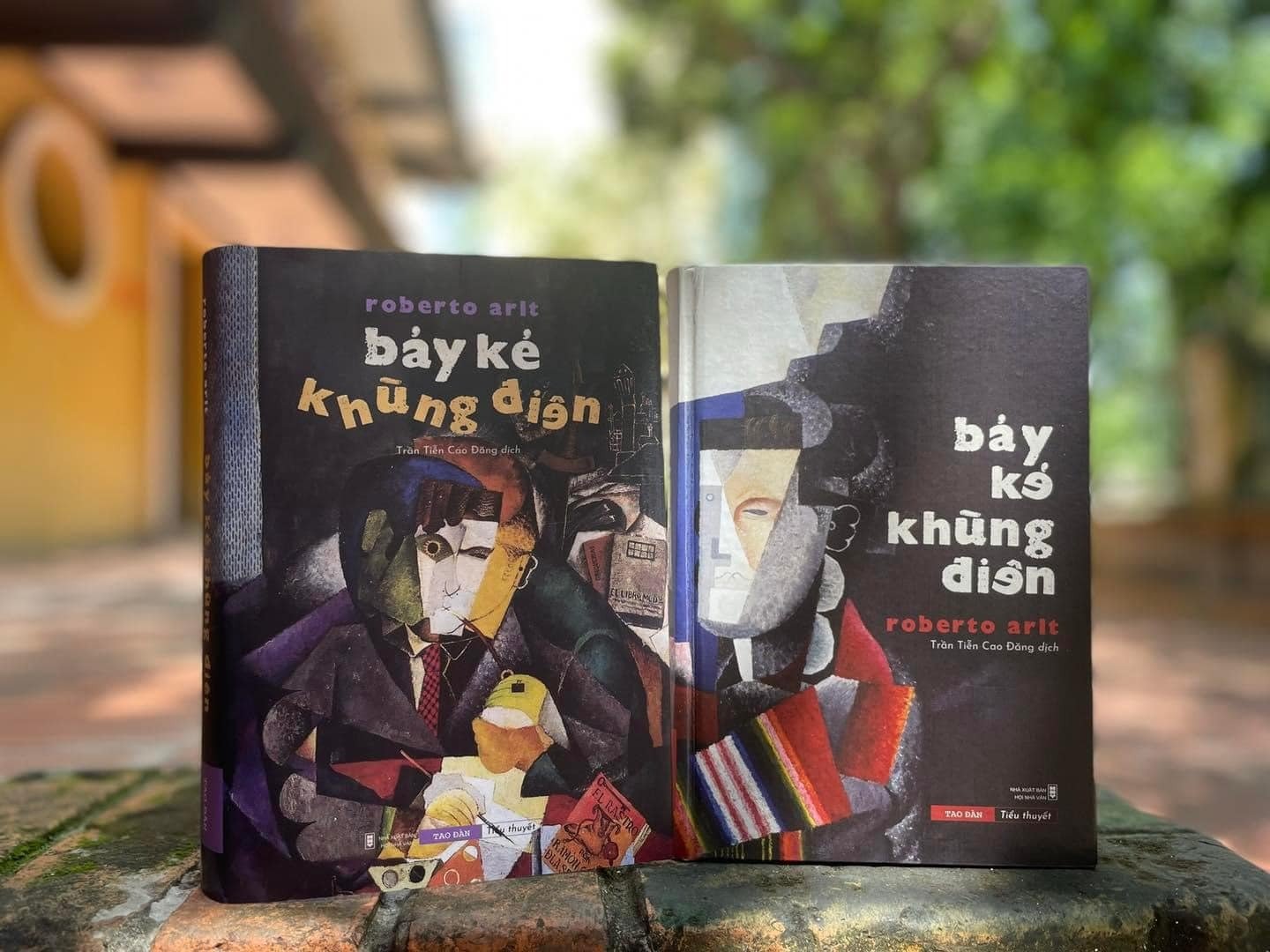
Published by Tao Dan and Writers Association Publishing House, translated by Tran Tien Cao Dang
It is revered as the cornerstone of modern Argentine literature and accurately predicted the situation in the country just a few years later with the rise of fascism and dictatorship.
The story revolves around Erdosain and the consequences of despair, when his theft of 600 pesos and 7 cents from the sugar company where he works is suddenly exposed. While he is worried about the future of having to go to jail if he does not return what he stole, Elsa - his wife - decides to leave him for another man after months of not being very happy.
On his uncertain journeys through Buenos Aires, not knowing where his fate would lead him, he encountered "crazy" people - from the pharmacist Ergueta, the prostitute Hipólita, the pimp Haffner to a man often called the Astrologer - who wanted to build a new Argentina based on industry and prostitution.
Written at a pivotal time between two movements, the realism of the novel is evident in many characters, especially when they are at the end of their rope and fail. There we see a time when human values become cheap with deprivation and poverty.
In a satirical way, Arlt succeeds in emphasizing this reality through the almost impossible choices that the characters consider as salvation. That is, Hipólita was born into the poverty of a servant, and because she heard that a woman who wants to be successful must be free, she devoted herself to the brothels in order to have the ability to change her fate.
It was also Ergueta who, because of his lack of faith, stubbornly followed the scriptural details of the Bible and then realized that his life was going nowhere...
It is not difficult to see that Arlt's writings are filled with despair, leading to the existential question "What will I do with my life?". Arlt's characters search for an answer and then realize that no explanation is perfect if they remain motionless and let their lives pass by. They suffer from tragedy due to the cause, which can be the violent obsession from childhood or the feeling of uncertainty in a life that is almost deadlocked.
In that very complex state, they began to enter the plot that the Astrologer had set up to build a country through a nearly unimaginable revolution.
The Mysterious Side of Humanity
Closely associated with realism is humanity. That is the destination of literature and Arlt is no exception. We see that clearly present in the sympathetic look he gives to the characters.
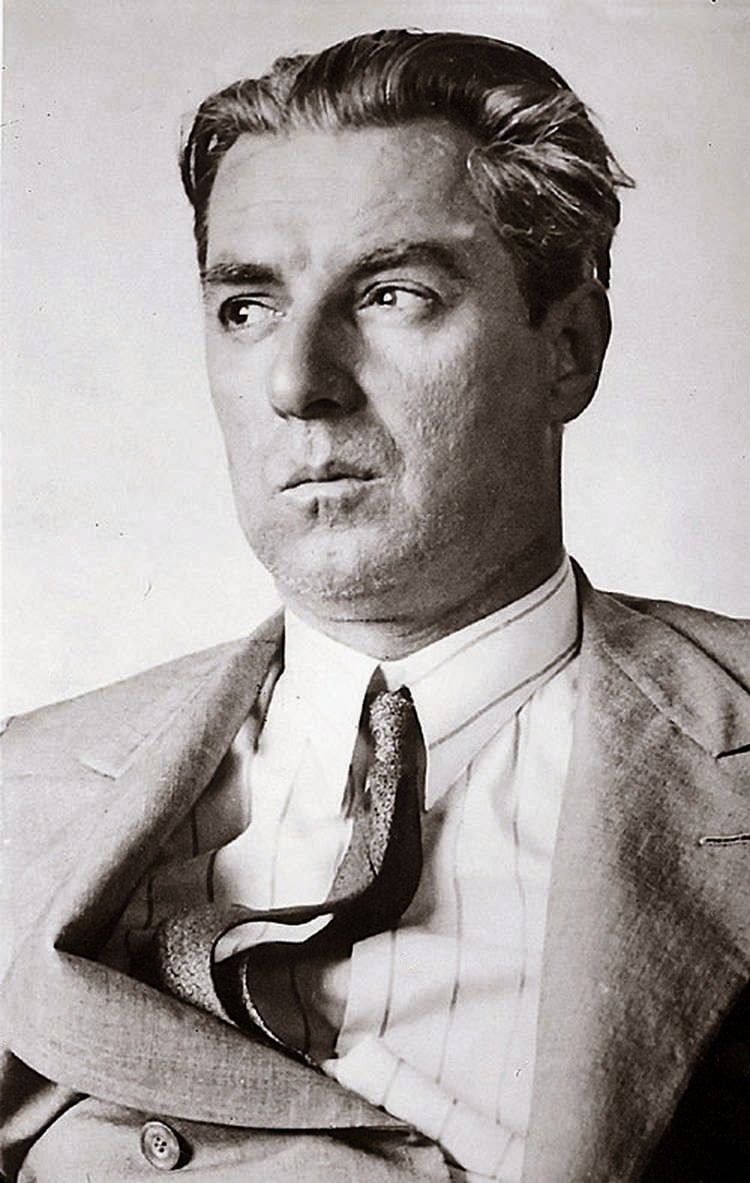
Author Roberto Arlt
For example, Erdosain from beginning to end constantly questioned himself whether he should "start" that revolution? We also saw in his eyes beautiful things, from the blue sky, the sunlight slicing through potatoes to the red pomegranates... in the very place where destruction was being hatched. That was also in the detail that he helped the poor Espilas family with his invention of bronze-plating roses, even though that future would not come anywhere...
But reality cannot be changed, the above plan must still be carried out and because humanity still remains, they seem to fall into a dilemma. Arlt delves deeply into this torment and it is on the border of fantasy that he succeeds in doing so.
Specifically, in the detail describing the Astrologer the night before the decisive moment, he created two parallel time axes - one of nature and one associated with this character's frame of reference so that we can see his conflicting emotions and inner struggles.
Erdosain himself experienced the same feeling, because when describing this character's despair, Arlt used many fantastic images, from surreal dreams to the deconstruction of the human body..., thereby reflecting a very human struggle.
In the early 1930s, when this book was published, the fantasy element was still underestimated. At that time, many critics thought that Arlt was just a mediocre writer because he was not capable of describing what the characters felt in a realistic way and had to resort to fantasy.
Yet today, when we perceive it, we see that fantasy as an accurate way to recreate the complex inner worlds of the characters, thereby pioneering an extremely brilliant period for this continent.
Roberto Arlt (1900 - 1942) was Argentina's most prominent writer and journalist of the 20th century. Born in Buenos Aires, he grew up in poverty and deprivation, which had a profound influence on his writing. He died in 1942 after suffering a stroke. He was the author of many critically acclaimed novels, short stories, and plays, and was a columnist for many of his homeland's most prominent newspapers.
Source: https://thanhnien.vn/bay-ke-khung-dien-cuon-sach-quan-trong-cua-van-chuong-my-latinh-185250218094058788.htm



![[Photo] Dong Ho Paintings - Old Styles Tell Modern Stories](https://vstatic.vietnam.vn/vietnam/resource/IMAGE/2025/3/29/317613ad8519462488572377727dda93)
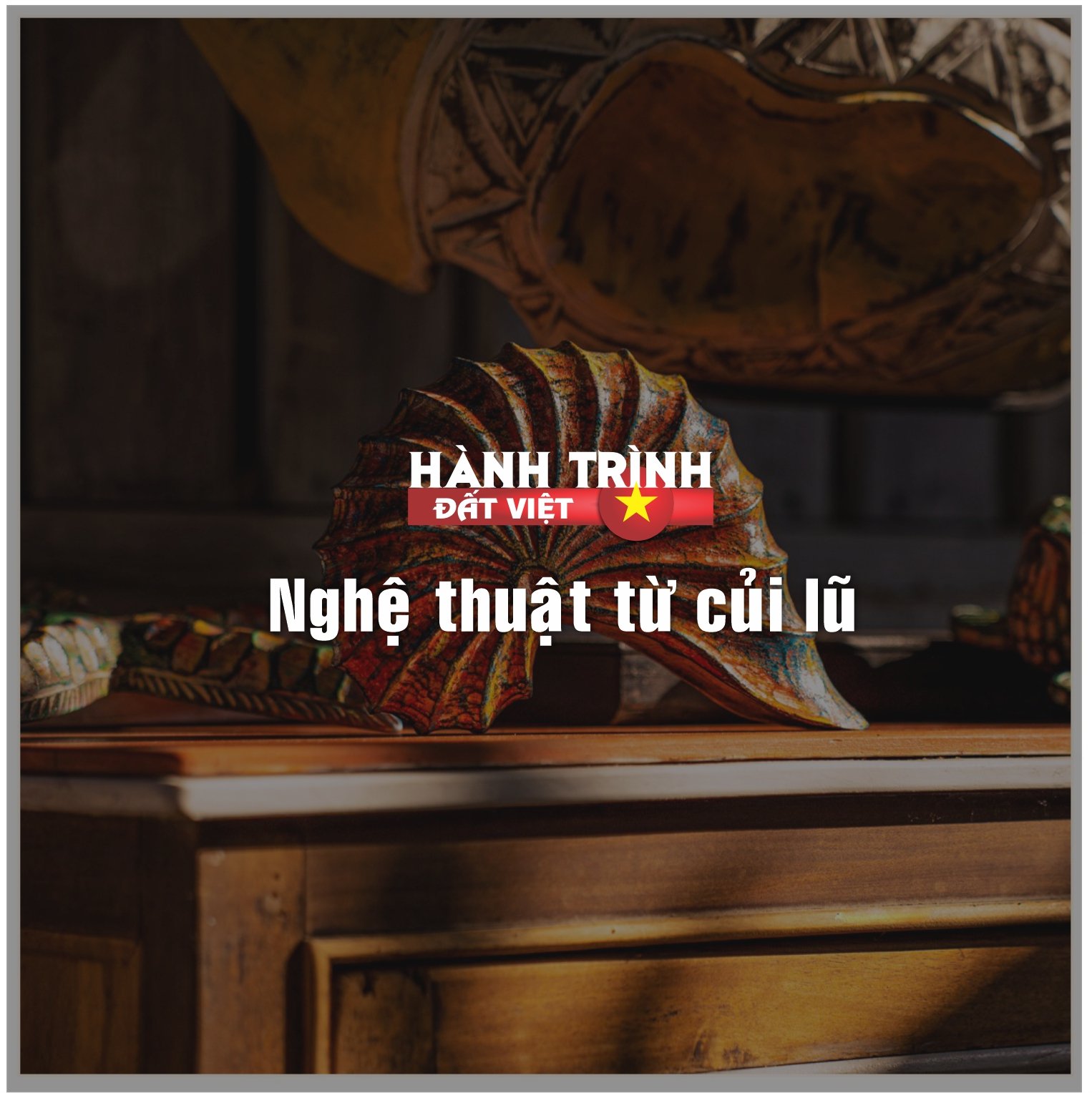
![[Photo] Prime Minister Pham Minh Chinh and Brazilian President Luiz Inácio Lula da Silva attend the Vietnam-Brazil Economic Forum](https://vstatic.vietnam.vn/vietnam/resource/IMAGE/2025/3/29/f3fd11b0421949878011a8f5da318635)
![[Photo] Prime Minister Pham Minh Chinh chairs meeting to urge highway projects](https://vstatic.vietnam.vn/vietnam/resource/IMAGE/2025/3/29/6a3e175f69ea45f8bfc3c272cde3e27a)









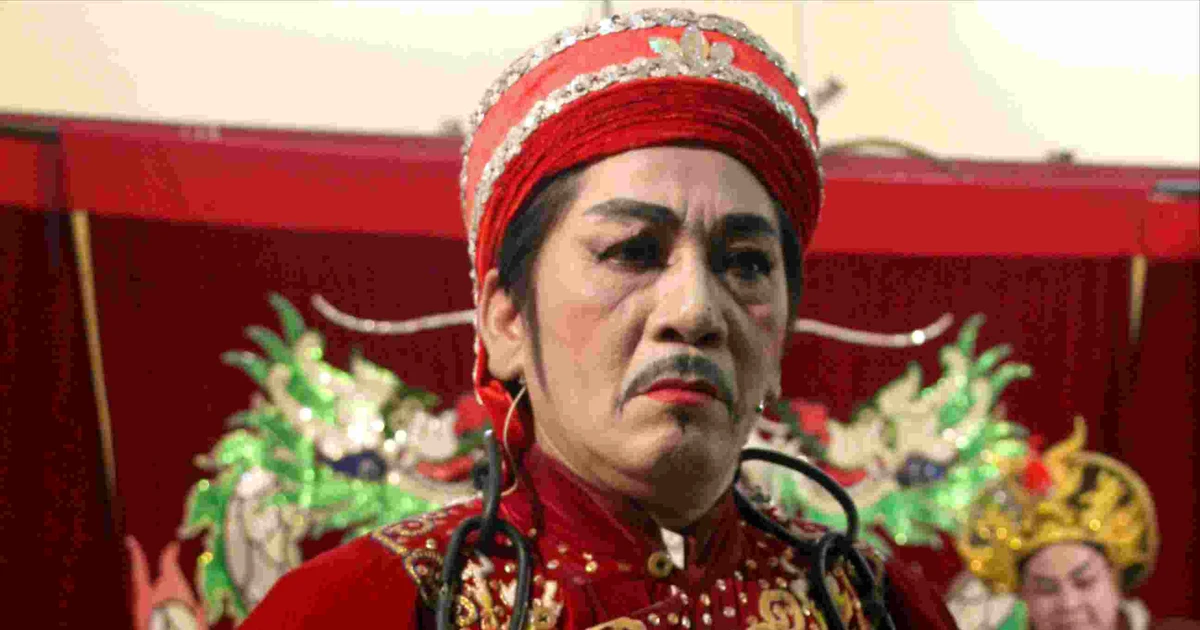




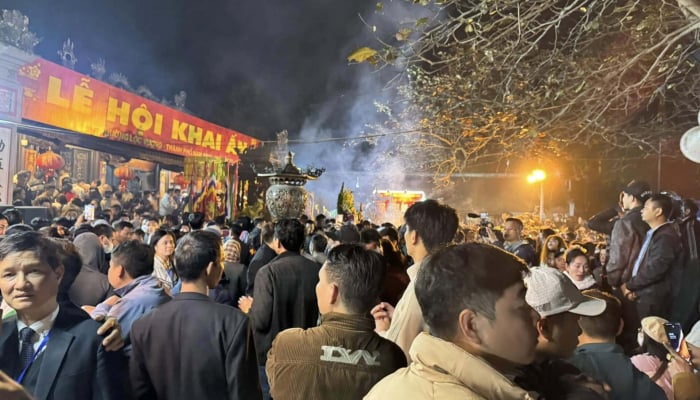



















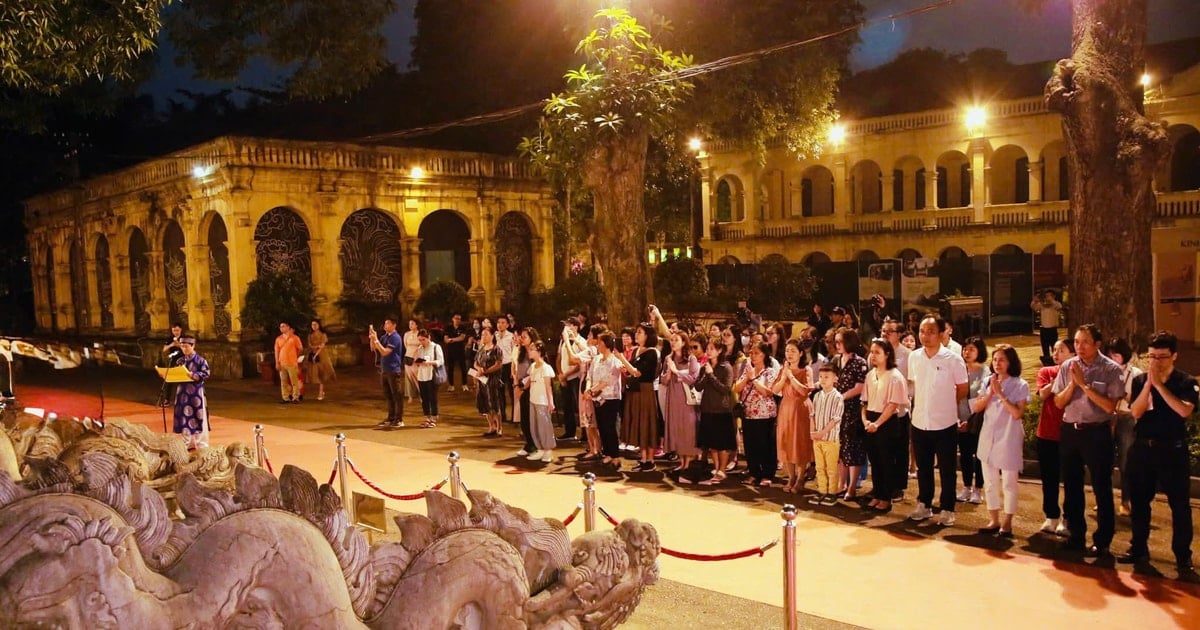



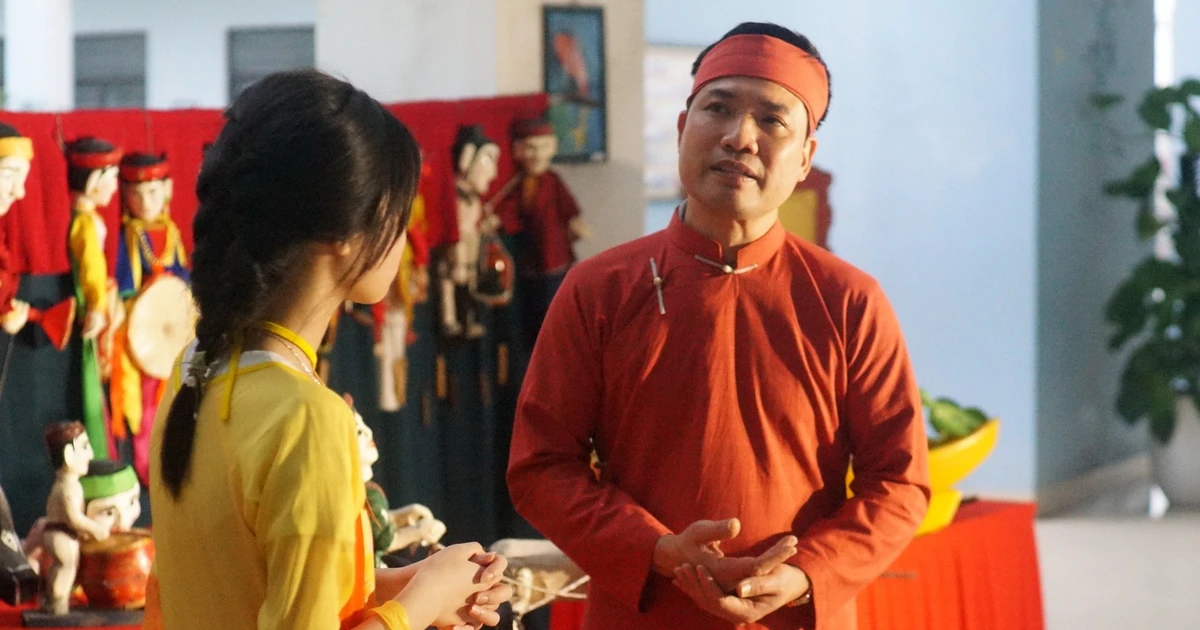














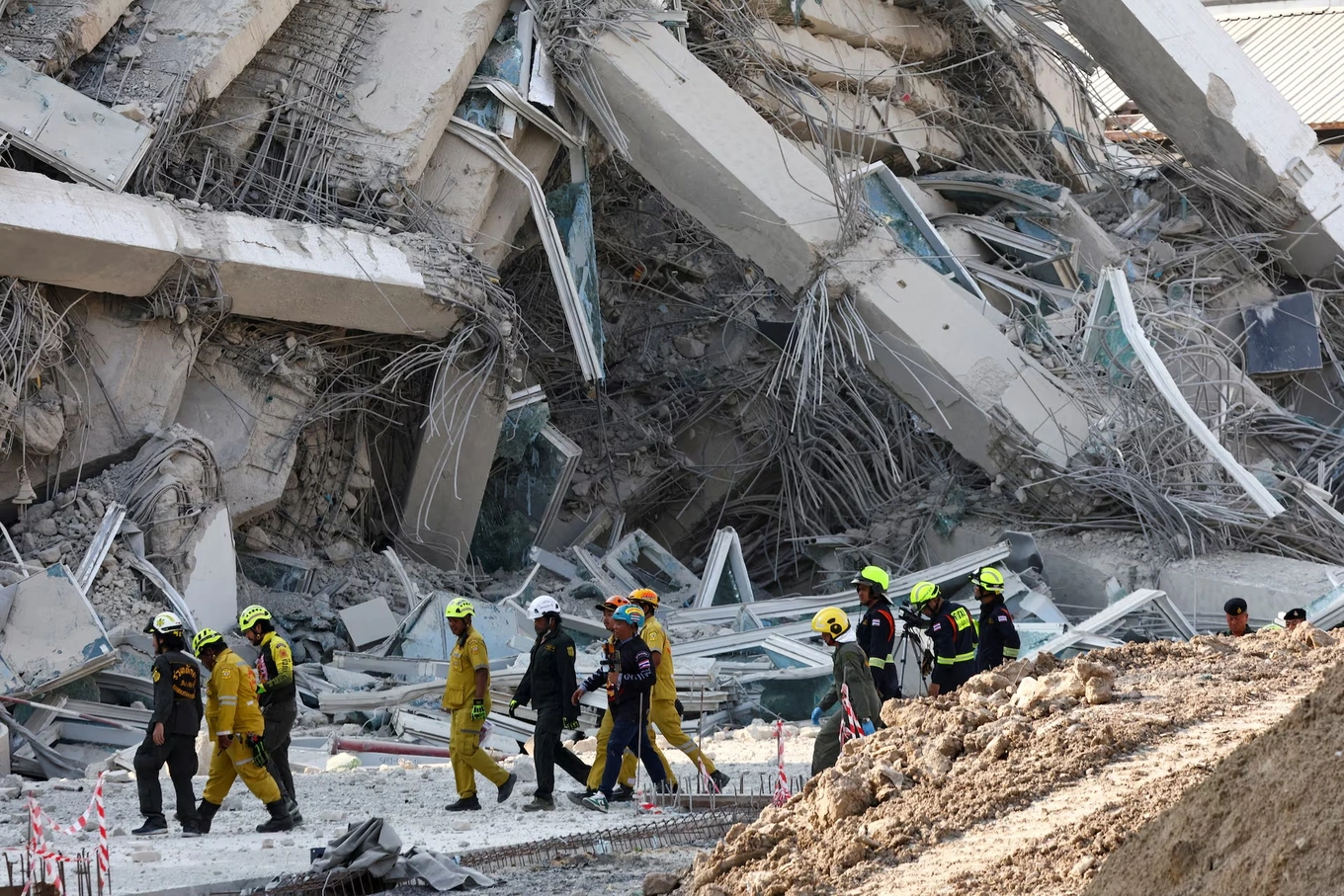



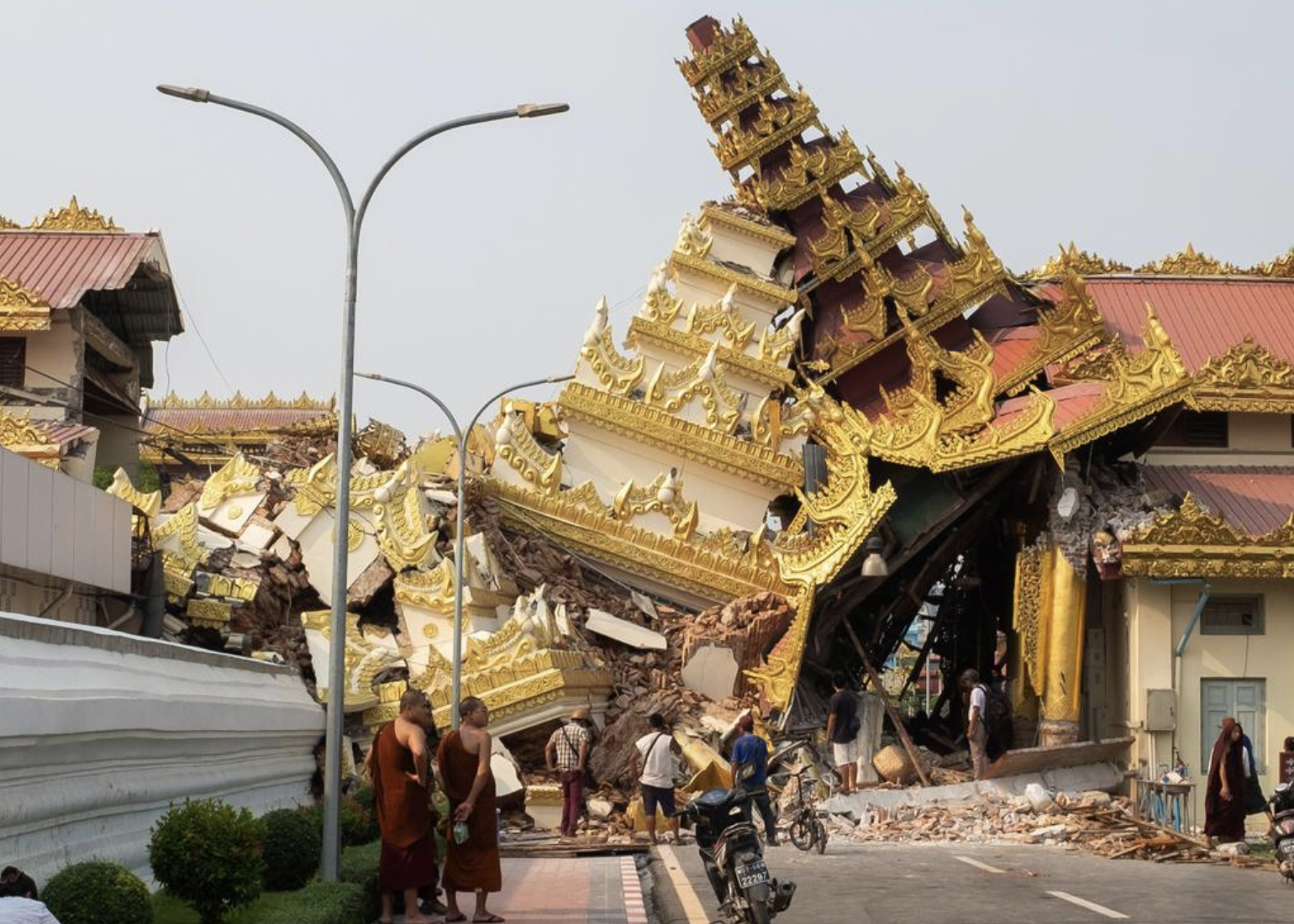











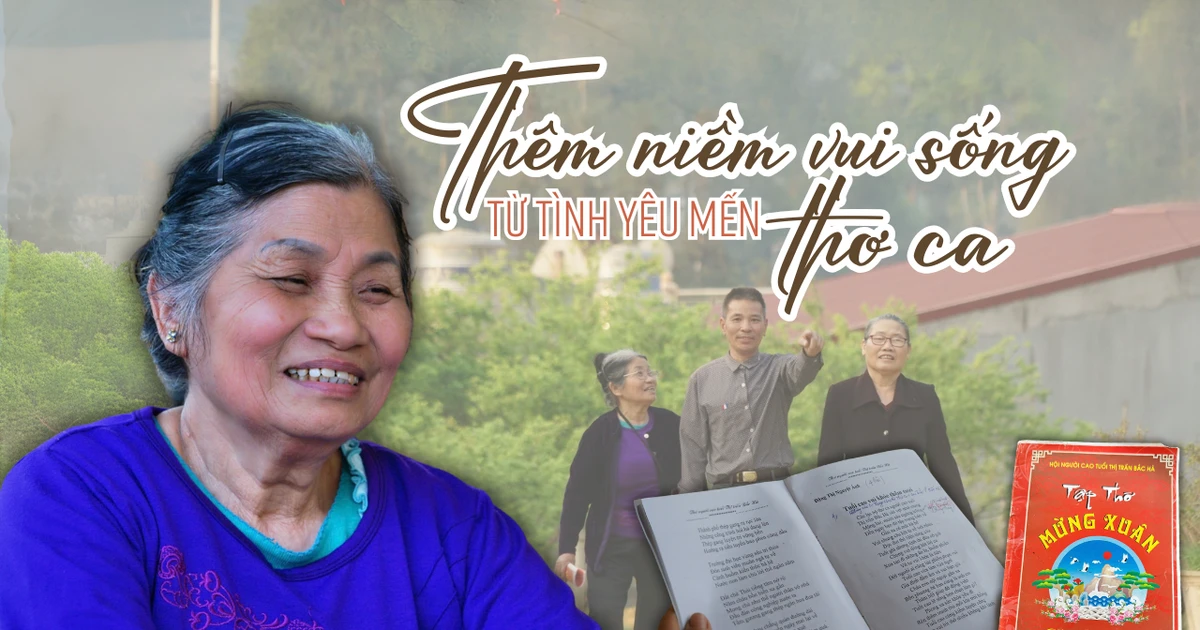















Comment (0)